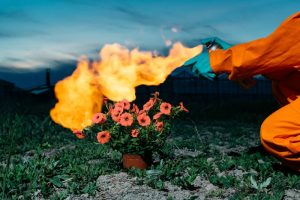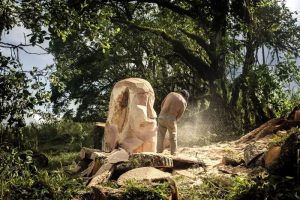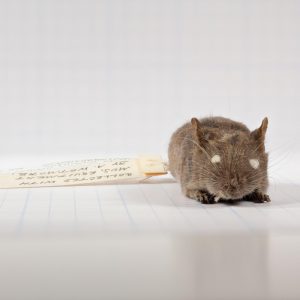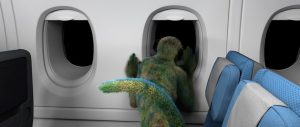As promised a couple of days ago, here’s the second story about the Designers & Artists 4 Genomics Award, a competition launched by the Waag Society with the Netherlands Genomics Initiative and the Centre for Society and Genomics. DA4GA invited emerging artists and designers to submit projects involving the exploration of biotechnology.
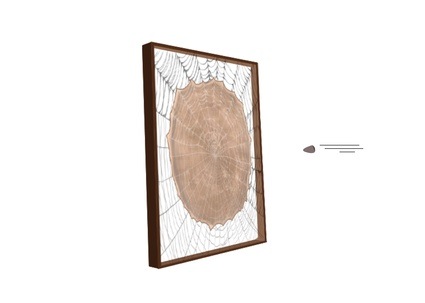 Early sketch of the concept. Courtesy Jalila Essaidi
Early sketch of the concept. Courtesy Jalila Essaidi
One of the winning projects is a bulletproof skin named 2.6g 329m/s. Jalila Essaidi is teaming up with the Forensic Genomics Consortium Netherlands to provide transgenic human skin with a layer of spider-silk embedded in between the epidermis and dermis. The work purposely asks whether this technological innovation is socially desirable.
‘This spider dragline-silk is a product of transgenic research done by Dr. Randy Lewis at the university of Wyoming and Notre Dame and is produced by transgenic goats and more recently also by transgenic silkworms,’ the artist explained me. ‘This spider-silk is up to five times as strong as steel but still keeps the smooth properties of silk.’
The silk will be woven with special bulletproof vest techniques into a matrix that can be used for culturing human skin cells. Once the flexible bulletproof spider-silk matrix is done the dermatology department of Leiden university medical center (LUMC) will help Essaidi with the embedding process. Finally the skin will be tested at the Netherlands Forensic Institute (NFI) with real bullets and be recorded with a high-speed camera.
Hi Jalila! Is this the first time you are working with genetics? Did you find it difficult to get to grips with this rather techy field? How much of a challenge was it to approach genetics as a visual artist?
This is the first time that I get in contact with a new medium that is the result of high tech genetic research. I think that would be the most honest answer, because yes I am in close cooperation with the people who gave me the opportunity to work with this material, which is a direct result from ongoing research regarding transgenic modifications, but I can not claim that I work with genetics myself for this project.
I love the techy field, but I have to admit that all the jargon that came with it did scare me off at first. Luckily I’ve met the right people who can explain even the hardest concepts in common language, which is a rare gift.
I am really glad with DA4GA for making this “world” more accessible for me, I am pretty sure that without this award this project would not have been possible at all. But it also wasn’t some magic wand that opened all doors, I had to work really hard to find the right partners that would be willing to help me with the embedding of the silk in human skin. I’ve been in contact with pretty much every major skin-related research center in the Benelux for this and they all told me it wasn’t possible.
Can you give us more details about what you hope to realize with the project 2.6g 329m/s? Is the skin going to repair itself after the shock or will it manage to completely repel the bullet?
The organic skin, made for protection, will be displayed in a steel, sterile life-support frame. Protection needs to be protected.
It will be showing the yet unknown result of the test on the firing range. I am aiming for it to actually repel the bullet, if not the spider silk has the properties to enhance the skin regeneration process.
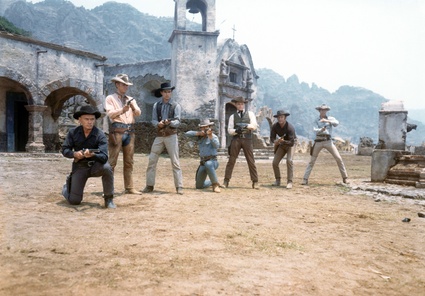 image from the movie The Magnificent Seven
image from the movie The Magnificent Seven
Where does the name of the project come from?
It is the performance standard for bulletproof vests. 2.6g 329m/s are the maximum weight and velocity of a traveling bullet, from which a Type 1 bulletproof vest should protect you.
The results of the competition have been announced last month. Have you already started to work on 2.6g 329m/s? How is the collaboration with Forensic Genomics Consortium Netherlands taking shape? Are they mostly your consultant when you need some feedback about the most scientific details or do you have a more symbiotic relationship with them? Do you work at their venue for example?
I am still in the planning phase of the project. I will get the spider-silk in cocoons made by the genetically enhanced silkworms. Currently I am testing how to extract silk from normal raw silk cocoons because I am terrified to fail this part with the actual cocoons because mass silk production hasn’t started yet and there is a really limited supply for me to work with. (No one in the Benelux has any knowhow how to do this, processing raw silk is all done in countries outside Europe, I have to get my information from books and the internet.)
My collaboration with Forensic Genomics Consortium Netherlands really helped me to get in contact with LUMC and NFI since they are both partners of the consortium. The most important part of our collaboration is the vision about safety that we share.
I could imagine DARPA working on bullet-proof skin for future soldiers. But i suspect that your project attempts to convey another meaning and message. Can you tell us how did you get the idea for this project? Which kind of social or ethical reflection do you try to raise with 2.6g 329m/s?
What I want to realize by displaying this installation, made to enhance protection & safety, is to let people realize that safety is relative.
Safety is a balance and when you go to the extremes with it like I’m doing with this project, this will become more visible. Think about complications during surgery for someone with this skin or the development of better weapons to counter this new safety technology. The possible reduced sense of touch? You always give up something else in order to increase safety; this counts pretty much for all forms of safety.
I am not saying that we should not embrace improvements resulting from technology; I am an advocate for increasing funds for all sciences that improve our lives. I am just trying to fuel the ongoing debate about how far we can go to improve safety, how much we can sacrifice in order to feel safe.
And last but not least I want too show the beautiful symbiosis between nature and technique. The organic soft human skin in contrast with the sterile steel life support frame.
Thanks Jalila!
Previously: The Microscopic Opera.
Image on the homepage: Yul Brynner in Adiós Sabata.

